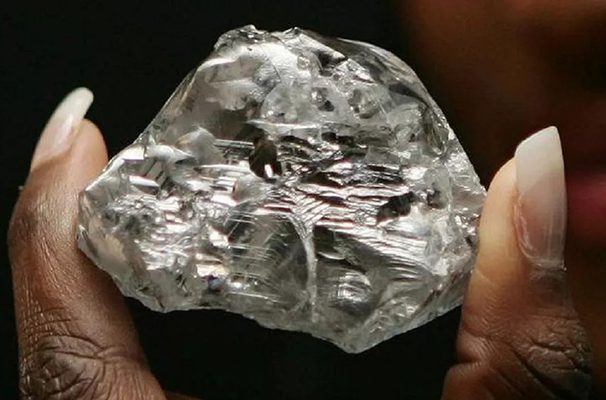🎧 Listen to This Article
MASERU – Lesotho has been hit with a steep 50% tariff on exports to the United States under a new trade policy announced by U.S. President Donald Trump, marking the highest rate imposed on any African nation.
The move, part of a sweeping tariff campaign branded as “reciprocal trade enforcement,” targets 20 African countries and more than 100 nations globally. For Lesotho—whose economy leans heavily on textile and diamond exports to the U.S.—the repercussions could be economically devastating.
Why Lesotho Was Targeted
The Trump administration cited America’s $234.5 million trade deficit with Lesotho in 2024 as justification for the aggressive 50% tariff. While the U.S. exported just $2.8 million worth of goods to the small southern African kingdom, imports—primarily denim, other textiles, and diamonds—totaled $237.3 million.
Trump’s recalibrated tariffs are determined by the size of the U.S. trade deficit with each country. All targeted nations face a baseline 10% tariff, with Lesotho, Madagascar (47%), and Mauritius (40%) among those hit hardest.
“My biggest concern was the immediate closure of factories and job losses,” said Lesotho Trade Minister Mokhethi Shelile, who confirmed a government delegation will travel to Washington to contest the measure.
Economic Impact: Factories and Jobs at Risk
Lesotho’s textile industry, a major beneficiary of the African Growth and Opportunity Act (AGOA), employs tens of thousands and supplies brands like Levi’s and Wrangler. Apparel makes up more than 70% of Lesotho’s U.S. exports—contributing over 10% of the nation’s GDP.
“This has been a devastating day for us,” said Teboho Kobeli, CEO of Afri-Expo Textiles, which employs 2,000 workers. “We can’t just shelve the U.S. market… we need to do everything we can to bring it back.”
The added 50% cost burden is likely to reduce U.S. demand for Lesotho-made goods, threatening factory closures, rising unemployment, and national economic contraction.
Legal Backlash and Policy Contradictions
Experts argue the tariff contradicts the intent of AGOA, a U.S. policy designed to support African economies by granting duty-free access to American markets.
“It’s ironic that Lesotho is being punished for succeeding under AGOA,” said Colette van der Ven, an international trade lawyer. “The logic behind a 50% tariff just doesn’t hold.”
Trump’s broader rhetoric on the announcement included accusations that countries like South Africa and China had been “pillaging” the U.S. for decades. South Africa’s presidency called the measures “punitive” and harmful to shared prosperity.
Wider African Impact and Global Outlook
While Lesotho faces the steepest tariff, other African nations are also affected:
- Madagascar – 47% tariff
- Mauritius – 40%
- Botswana – 37%
- South Africa – 30%
- Nigeria – 14%
- Kenya, Ghana, Ethiopia, Uganda – 10% baseline
South Africa’s Trade Minister Parks Tau urged African nations to rethink regional trade policy. “Diversifying our trade is going to be important… enhancing our work on the African continent and collaborating,” he said.
Economists suggest the tariffs could accelerate Africa’s pivot toward intra-continental trade and deeper partnerships with the Global South.
“This could be a turning point,” said Annabel Bishop, Chief Economist at Investec. “Africa may start shifting trade relationships away from the U.S.”
What’s Next
The U.S. begins applying the 10% base tariffs on April 5, with higher rates like Lesotho’s 50% kicking in on April 9, 2025. Lesotho’s government plans to launch diplomatic appeals, but the timeline for reversals remains uncertain.
In the meantime, businesses and policymakers in Lesotho face urgent decisions about diversification, supply chain restructuring, and international lobbying.
For further details, clarification, contributions, or any concerns regarding this article, please contact us at editorial@tax.news. We value your feedback and are committed to providing accurate and timely information. Please note that our privacy policy will handle all inquiries



